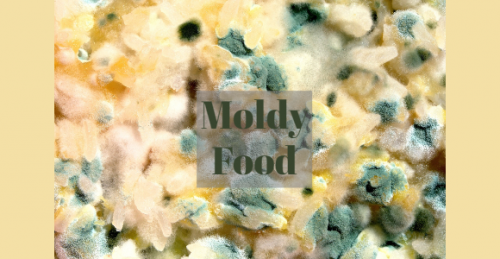Moldy food: what should you throw away and what not?
No, you don’t always have to throw it away, but in most cases you do. An overview.
Fungi on food are not always dangerous.
The fungus (crusts) of camembert, brie or blue fungal cheeses are perfectly safe to eat. You also have noble rot, a process in which a fungus affects the skin of grapes for the production of sweet wine. Specific fungi also contribute to flavor formation in the maturing process of dry sausage and dried ham. Beyond those limited applications, you are better careful, because some fungal spores can cause problems when inhaled. So it’s not a good idea to smell moldy food to see if it’s still edible. Other fungi produce toxins, mycotoxins, which can make you sick or which can contribute to the development of cancer.
Cooking does not destroy those toxins. Discarding the contaminated food is often the best solution. The fine fungal threads can drill deep into the food, especially with soft foods such as bread, and are not always visible to the naked eye.
Safe or cut away?
You can eat the fresh cheese crusts of soft cheeses such as camembert, brie and related. If the cheese is not stored optimally, the crust may be contaminated with potentially dangerous molds. Sometimes cutting is still possible, and otherwise: throwing it away completely.
The outer crust around blue fungal cheeses such as roquefort, gorgonzola and stilton is best cut away.
Hard cheeses: you can cut away the moldy outside (deep enough).
Hard fruit and vegetables: cut moldy pieces well.
Soft fruit and vegetables: small attacks can sometimes be (more than) cut away.
Dry sausage and dried ham: thin cutting is sufficient.
Jam: high sugar concentrations in jam prevent a deep contamination. Generous removal of the sources of infection appears to be safe, but is not recommended.
Don’t hesitate: throw it away
Bread, cookies and pastries: throw them away completely, even if there are only spots on one slice of bread or cookie.
Nuts, nut pastes (peanut butter) and legumes: completely discard everything in the package.
Moldy cheese slices: throw everything away.
Charcuterie: throw everything away, not just the moldy parts.
Yogurt, cream and leftovers from dishes: with moist food, the contamination can penetrate deep into the food.
Jam and fruit preparations: preparations with a low sugar content carry a high risk.
Follow us